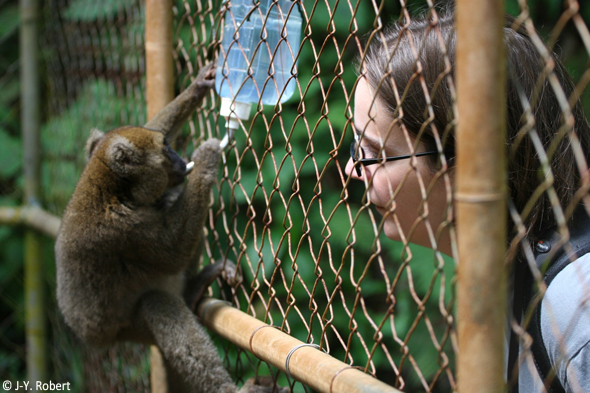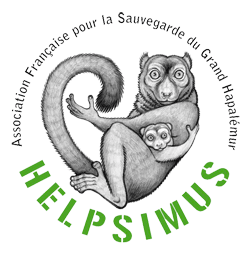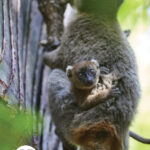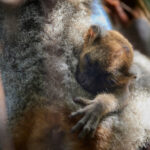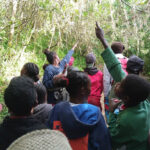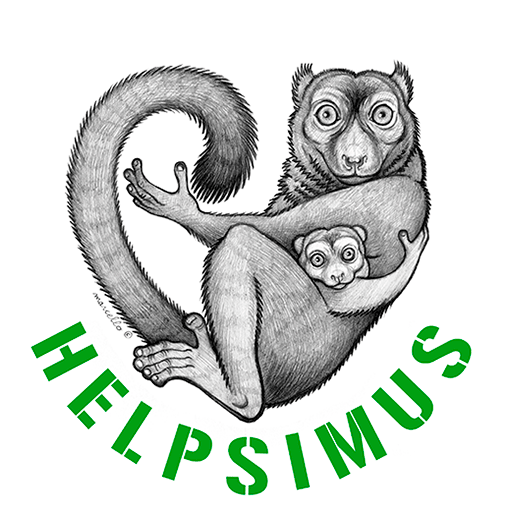A word from the President

“My name is Delphine ROULLET.
I’m a primatologist and ethologist, and have been in charge of the primates of the Parc Zoologique de Paris for nearly twenty years.
I first informally managed the European captive population of greater bamboo lemurs before becoming the Coordinator of the European Breeding Program (EEP) for this species in 2007.
The first greater bamboo lemurs arrived in Europe in 1987. Over the next 20 years, techniques for breeding the species in captivity have been developed, but paradoxically, no action was taken to protect the greater bamboo lemurs in Madagascar.
The creation of the EEP marked a turning point. In 2008, I traveled to Madagascar twice to meet local stakeholders in the conservation of the greater bamboo lemur. The observation was then dramatic: classified as Critically endangered on the IUCN Red List, the species only numbered around a hundred individuals, which made it the most threatened lemur on the island! My discussions with the Malagasy representatives therefore pushed me to engage the EEP in an active conservation approach and a few months later, thanks to the financial assistance of some of its members and associations for the protection of endangered species, the EEP launched its first conservation actions in the field.
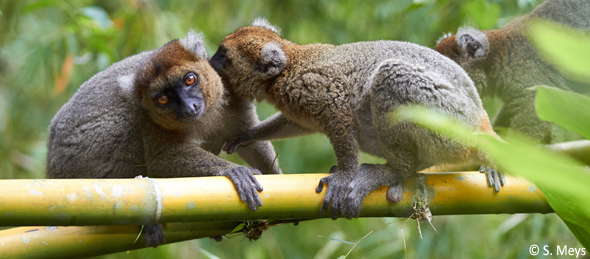
The idea of creating an association to respond to the urgency of the situation and raise funds to protect the species in Madagascar began to germinate. In 2009, after several months of work and reflection, Helpsimus was eventually created.
Today, thanks to its members and partners, Helpsimus finances the Bamboo lemur programme which protects a population of greater bamboo lemurs discovered in southeastern Madagascar in 2008 and now made up of more than 600 individuals. It operates on the outskirts of the Ranomafana National Park, in an unprotected and highly anthropized area. Helpsimus not only ensures the scientific monitoring of the animals, but also finances the education of the children of the 5 Fokontany (smallest administrative district in Madagascar) located in the immediate vicinity of the habitat of the greater bamboo lemurs. Helpsimus also works alongside villagers to help them implement sustainable development actions that respect the environment.
The work of Helpsimus and its partners has made it possible to remove the greater bamboo lemur from the list of the World’s 25 most endangered primates. But the species is not out of the woods yet, as the clearing of its habitat continues to threaten its survival in the medium term. This is why the greater bamboo lemur needs you. By becoming a member of Helpsimus, you directly contribute to its preservation in Madagascar, as well as to the sustainable development of the Fokontany of Vohitrarivo, Ambodimanga, Ambohipo, Volotora and Sahofika.”
